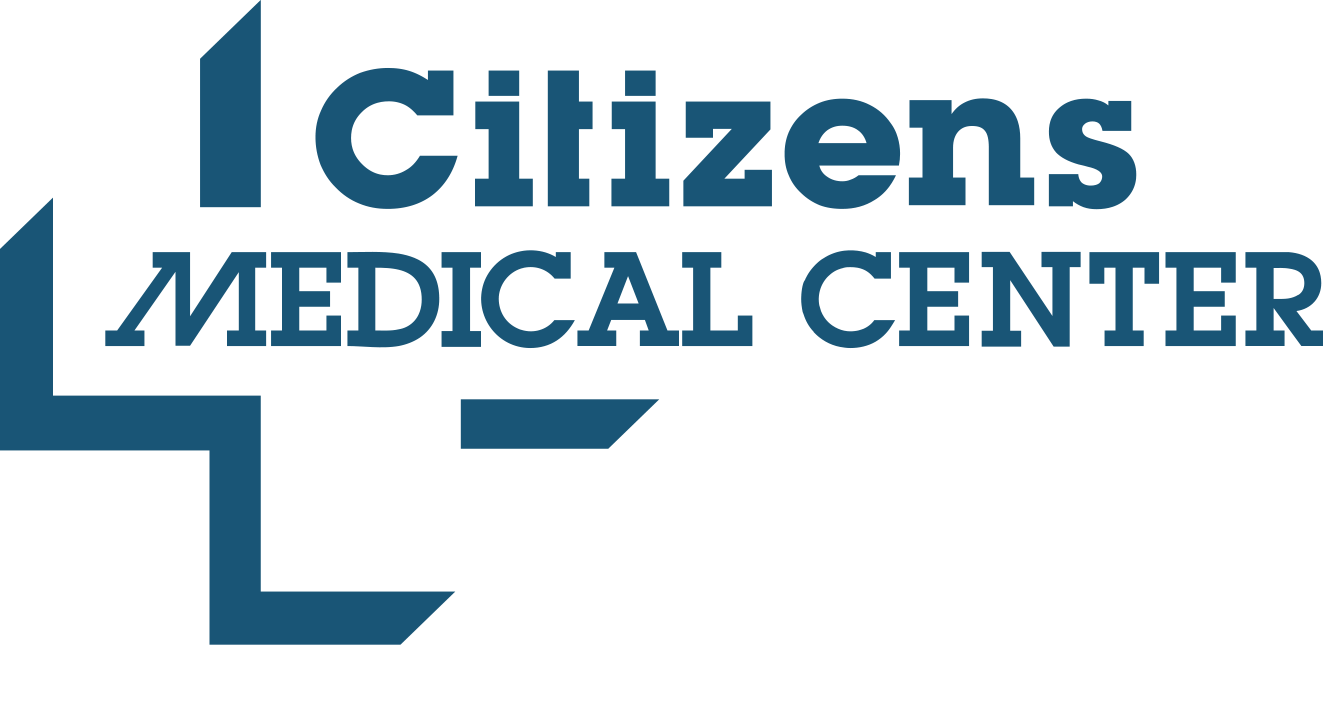
Wound Healing Center
For some individuals, wound healing becomes a medical problem requiring specialized care and treatment. A chronic wound is considered an on-going, non-healing wound if it has not improved significantly within four weeks, or if it has not completed healing within eight weeks. Patients with diabetes, immobilization, and circulatory problems are at greatest risk for chronic, non-healing wounds, but other causes include pressure ulcers or traumatic injury. If you believe you have a chronic, non-healing wound, contact your primary care physician for a referral to Citizens Wound Healing Center today.
Citizens Wound Healing Center is committed to treating chronic, non-healing wounds with the latest technologies in wound care in an integrative way. The Center is home to two pressurized chambers to allow for hyperbaric oxygen therapy. During hyperbaric oxygen therapy, the patient is exposed to 100% oxygen under pressure; this increases the blood level of oxygen and stimulates new vascular growth and in turn facilitates healing. The Center also provides individual treatment plans, coordination of care, and education on at-home wound care and lifestyle adjustments to help in the healing process.
The first step in treating a chronic, non-healing wound is calling your primary physician. A referral to Citizens Wound Healing Center can then be made and soon after treatment can begin.
For questions or additional information regarding the Wound Healing Center call (361) 574-1509.
Would Healing Center FAQs:
-
Using the most advanced techniques, products, and services, comprehensive wound healing centers provide a full range of wound treatments. A team of doctors, nurses, and other health care workers, specializing in wound care, provide the best care possible in an outpatient treatment setting.
-
The Wound Healing Center is designed to fulfill the needs of patients who require specialized and aggressive care for their wounds. In traditional medical settings, many patients may not receive the interdisciplinary attention that these wounds require. For these people, minor lesions can, unfortunately, lead to chronic, non-healing wounds with serious infection, gangrene, and possible amputation.
-
It is estimated that nearly 5 million Americans suffer from chronic wounds.
-
If a wound has not improved significantly in four weeks, or if it has not completed the healing process in eight weeks, it is considered a chronic, non-healing wound.
-
Diabetes, immobilization, and circulatory problems contribute to the majority of chronic, non-healing wounds. Approximately 1.5 million people with non-healing wounds have diabetes. Another 2.5 million patients have pressure ulcers. This is a common side effect of spinal cord injury, arthritis, and other conditions that require a patient to be bedridden (immobilization). Persons suffering from venous insufficiency (circulatory problems) account for another one-half million patients. The rest have wounds that result from traumatic injury, non-healing surgical incisions, and a variety of other diseases.
-
If you are suffering from a non-healing wound, approach your doctor about other options you may have to speed-up the healing process.
Hyperbaric Oxygen (HBO2) Treatment FAQs:
-
Initially used to treat underwater divers with the bends, HBO2 has been proven effective in treating certain types of non-healing wounds. It does not replace other reliable treatments such as surgery and medication but is generally prescribed in conjunction with other treatments.
-
Hyperbaric Chamber HBO2 treatments include three phases: compression, prescribed time at pressure, and decompression.
Compression: After the doors are closed, you can hear the compressing gas circulate. You can feel a “fullness” in your ears like flying or mountain driving. The attendant communicates with you, and the speed of compression is adjusted to your comfort level.
Treatment: Treatment begins when the pressure reaches the prescribed level. During the treatment you may rest, sleep or watch television.
Decompression: The attendant lets you know when the treatment is complete. The pressure is lowered slowly, again, at the rate comfortable to your ears.
-
Normally, the air we breathe is 21% oxygen. During HBO2, you will breathe pure oxygen (100%), and the pressure surrounding your body will be slowly increased to two or three times normal. The increased oxygen you breathe will also increase the oxygen your blood carries to body tissues. This abundance of oxygen in your tissues enhances the repair of tissue damage.
-
The most common side effect is a “fullness” or popping sensation in your ears, which lasts only briefly. As with most medical treatments, there may also be other effects. Such other effects are rare, and a staff member will discuss them with you in detail before treatment. For questions or additional information regarding the Wound Healing Center call (361) 574-1509.
Medical Director Dr. Peter Nguyen
